Rita Ytterdahl Ubel
Art therapist – Gestalt psychotherapist
E-mail: rita@ritaubel.com
Art therapy and creative mediation
Gestalt psychotherapy
Online session and presencial session
Individual sessions and group sessions
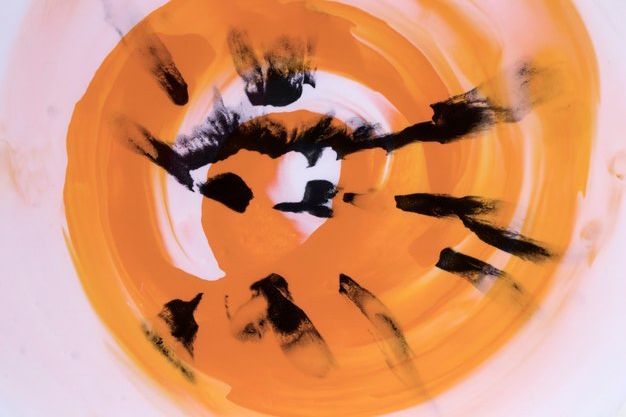
I’m interested in how we make sense of what happens in life, especially in complicated life situations when discovering new perspectives can lead to change and growth.
My Philosophy
My philosophical and ethical point of view is to let patients discover what to do with themselves, their lives, and their pleasures and desires, and to do it according to what is most singular in each one and what is incomparable, irreplaceable and unique in each individual.
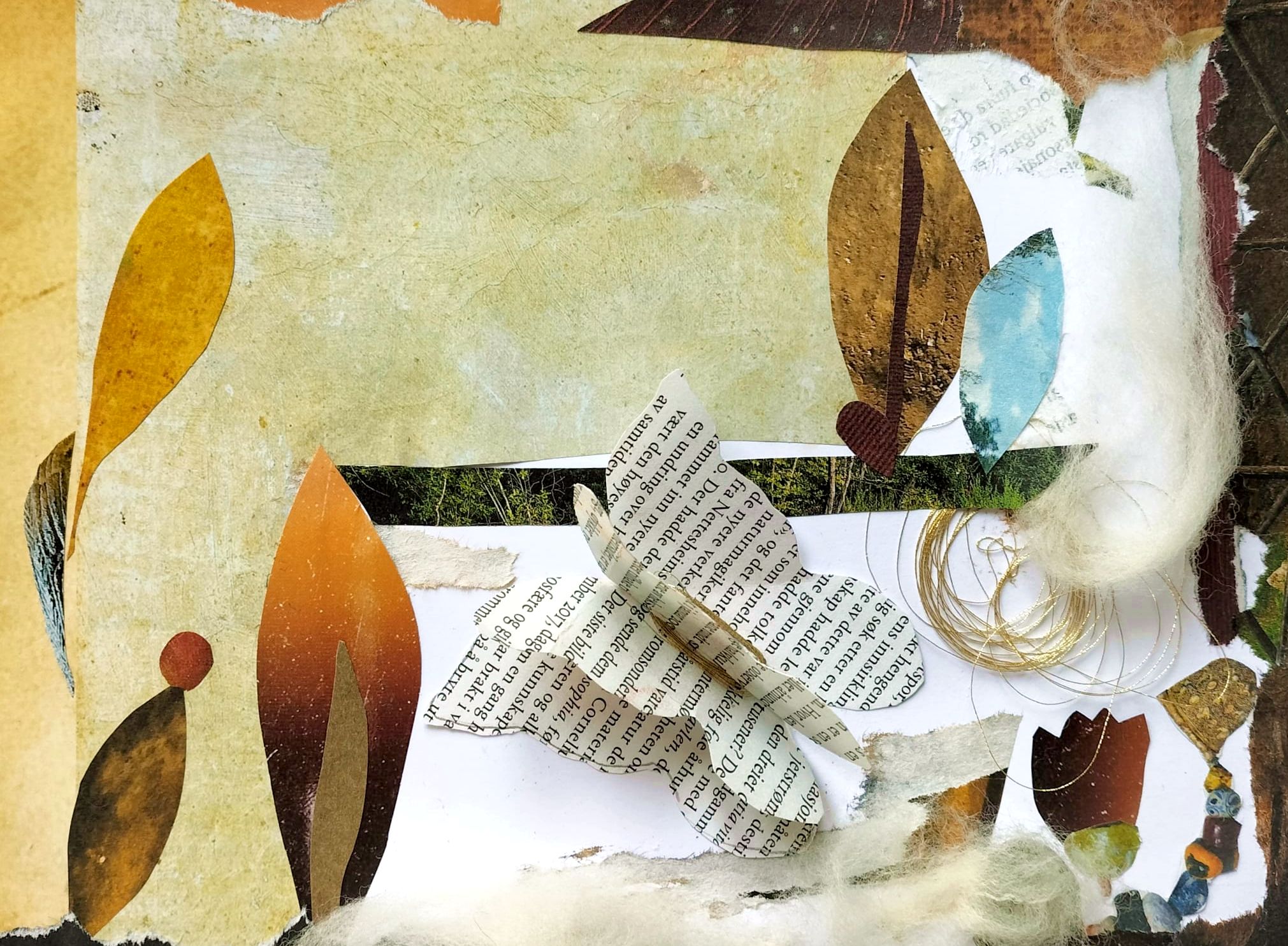
ART THERAPY
Art therapy is a form of psychotherapeutic intervention. It uses intervention tools like colors in drawings, lines, forms, paintings, collage, modeling, or assemblage. The creative process fosters personal development and benefit relational well-being of individuals, groups and families of all ages and backgrounds. Art therapy has application in social, educational, and medical fields.
No artistic skill is required for art therapy; the key is a willingness to engage in the process.
The aims of Art Therapy
Practiced in the safe, non-judgmental therapeutic setting, the aims of art therapy include the following: help individuals reduce anxiety and depression, improve relationships, work through conflicts, emerge from traumatic life experiences, develop a sense of personal agency, regulate affect, and increase self-reflection and awareness.
Art therapy help discovering new paths when you find yourself in a difficult life situation. Art therapy offer you a space where you can feel comfortable to express your feelings and thoughts. It improves the subjective happy feelings brought on by something you enjoy.
In Art therapy your artwork becomes a lasting imprint of your inner world, transformed into a tangible object, and symbolically presented. The meaning transferred to the form allows you to generate a space of new reality, constructed with your own objectified thoughts and emotions. In this way, through successive projection and feedback, with help of an art therapist, you advance along the spiral of self-knowledge.
The art therapy session
As an art therapist I accompany you on the way and support you in finding your way of expressing yourself within your possibilities, capabilities, and your own unique biographical background. I do not value or judge the aesthetic form or the style of the artwork you create.
In art therapy, you use art material to express and articulate thoughts and feelings through art making. You will make art and talk, or you can make art in silence if that is what you prefer. When making art, you are free to choose materials that best suit you like paint, pastel, clay, or other materials. You will talk and think to make sense of the thoughts, feelings and experiences that come up during your art-making or when you look at your artwork.
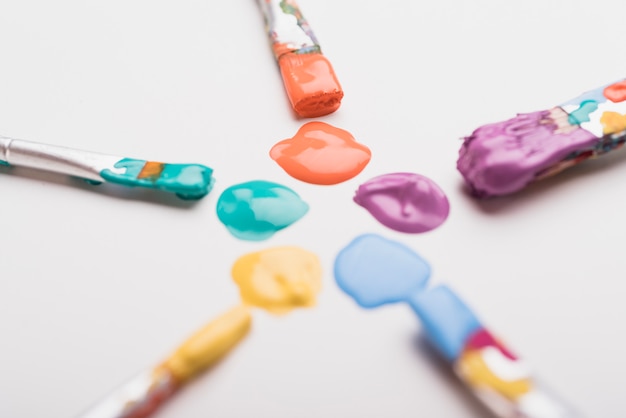
Interpretation of the artwork
The interpretations of the artwork usually revolve around the creative process, and the process of creating is often regarded as more important and interesting than the finished work. In art therapy the study of the image always includes not knowing. The viewer is obligated to renounce the desire to know everything and to observe with openminded interest.
Images and words
The healing power of images can alleviate difficult emotions and experiences that may seem impossible to put into words. When words are difficult to find, images provide unique opportunities for communication in speech and writing.
In visual art therapy feelings, thoughts, memories, and experiences are given a symbolic expression through color and shape. When verbal expression is presented in company with an image, the former complement the latter and deepens the understanding of both image and verbal expression in a myriad of ways.
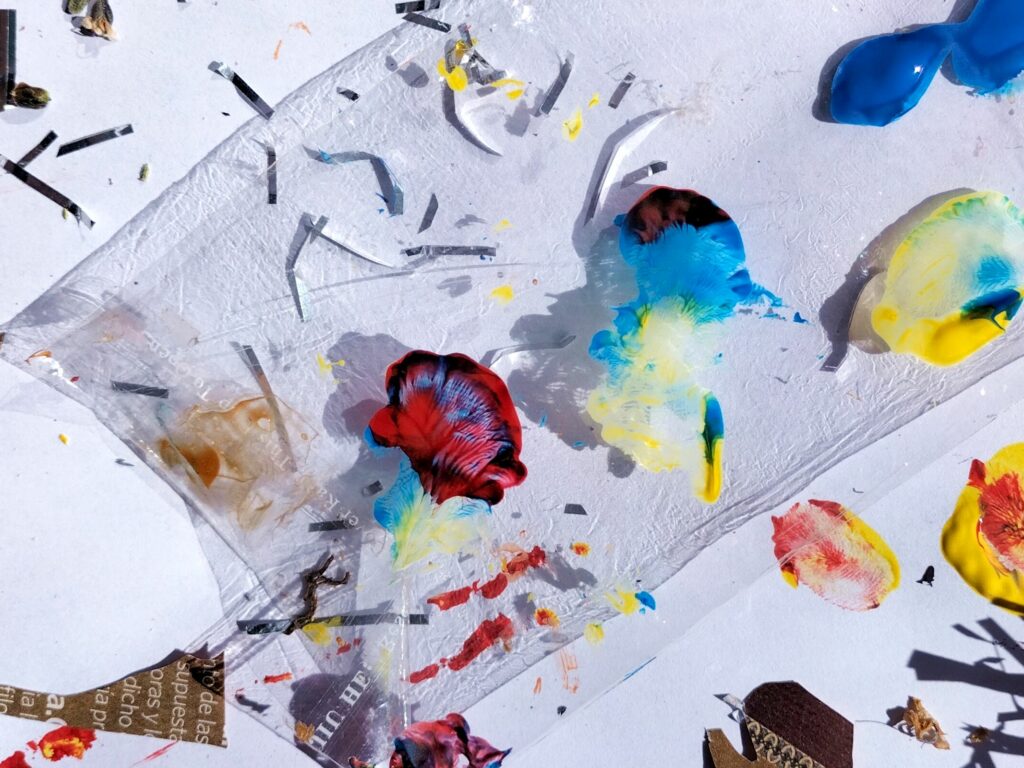
Beyond words
We can try to transform into words the content or the message of artistic communication and we must resign ourselves to losing a part of it. Precisely we will lose the ineffable, the sublime and unspeakable, – that which cannot be spoken because it is beyond words.
Creativity
Creativity stems from the desire for pleasure and the need for self-expression. An adults’ creativity has the same sources, motivation, and serious attitude as children’s play. All creativity starts with a make-believe and requires the suspension of what is known about external reality to allow the new and unexpected to emerge from the imagination.
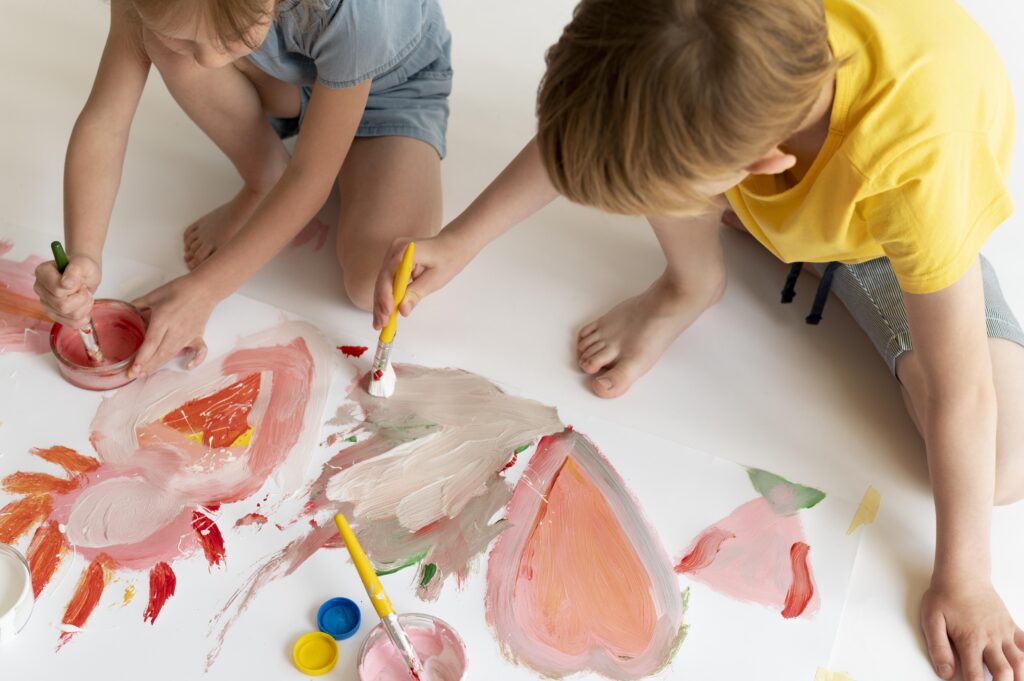
TRAUMA
Trauma can be understood as a present experience that overwhelms the capacity to regulate our emotions and make sense of the world.
The unexpected, traumatic experience crush your sense of security, make you feel helpless and vulnerable. Trauma is when the memory of an unexpected experience keeps working in the mind and affect you in the time after, in a personal way.
Symbolic imagery allows a sense of control when working with trauma in art therapy. The externalized image, a basic tool of art therapy, is useful when one is not ready to talk. The image is a bridge towards verbal sharing, and together they lead a re-elaboration of the content and to new perspectives.
The visual, tangible, nonverbal and experiential characteristics of art therapy are a well-known approach to the often wordless and visual nature of traumatic memories acting as agents in present-life situations.
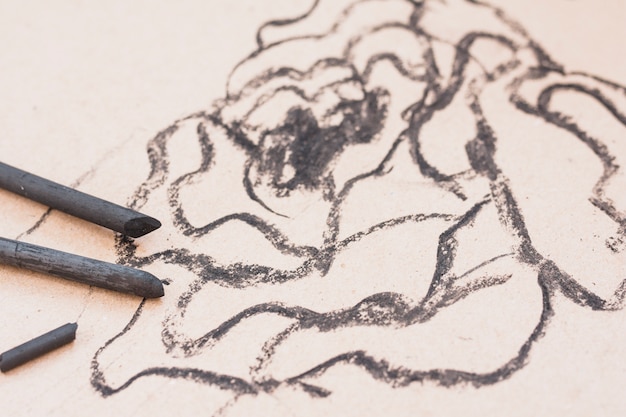
ART THERAPY AND REHABILITATION
Art therapy is one rehabilitation treatment which allows for healthy emotional release, works as a method of self-expression, provides stress management, and helps you adjust during your recovery process.
Thoughts, feelings, and experiences around serious illness can be impossible to put into words, so in the free artistic creation they are given a symbolic expression. The psychological processing takes place both through the creative process and through the reflective conversations about the artwork or image’s expression.
What matters is your desire and wish to express what needs to be processed.
ARTISTIC MEDIATION
Artistic mediation improves people’s well-being by working on emotions, sensitivity, and creativity. Using the potential of the arts in a humanistic and supportive way, artistic mediation is a tool for social transformation, social inclusion, and community work.
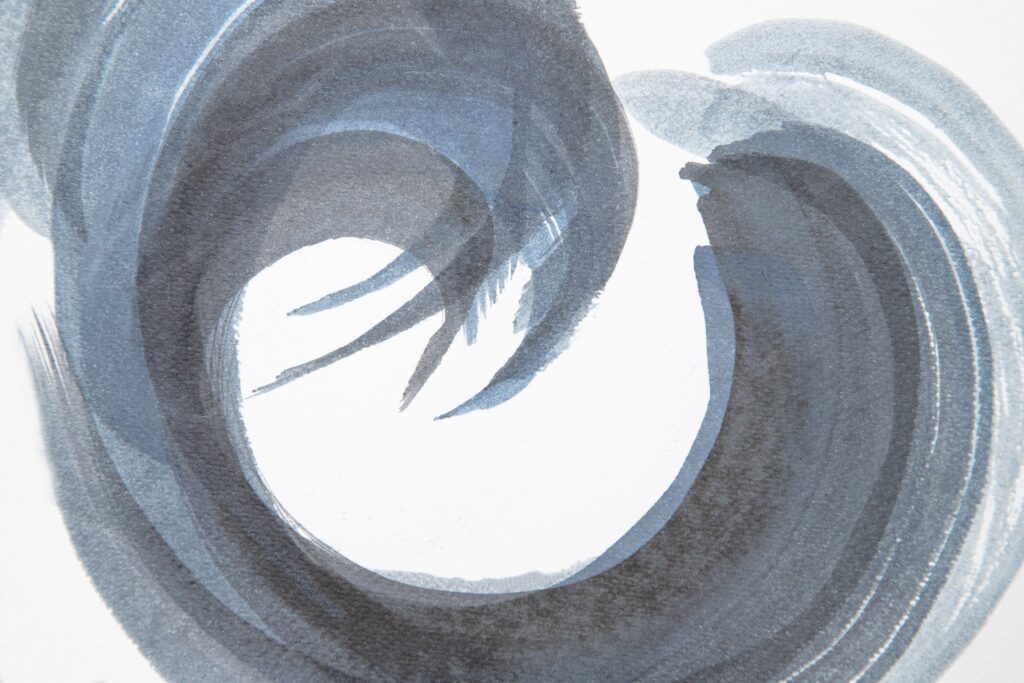
WHAT IS GESTALT THERAPY?
Gestalt therapy is an interactive and holistic form of psychotherapy that focuses on the whole person, recognizing the unity of the mind, body, and emotions. In addition to its psychoanalytic roots Gestalt therapy draws on humanistic psychology, existentialism, and eastern thought. It is a creative and patient oriented approach that is non-authoritarian and non-interpretive.
Gestalt therapy focuses on the client’s here and now experience. Gestalt therapy helps us to free energy locked in old, dysfunctional behavior patterns and re-organize ourselves in a way that allows us to live more fully and effectively, centered in ourselves, yet able to reach out and take in what the world has to offer.
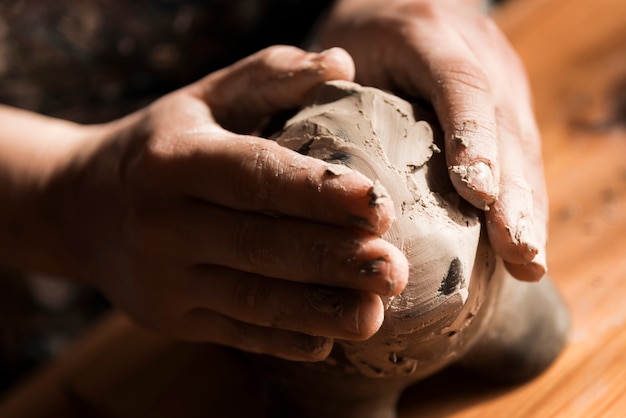
Psychotherapy practice
Rita Ytterdahl Ubel
Art therapist – Gestalt psychotherapist
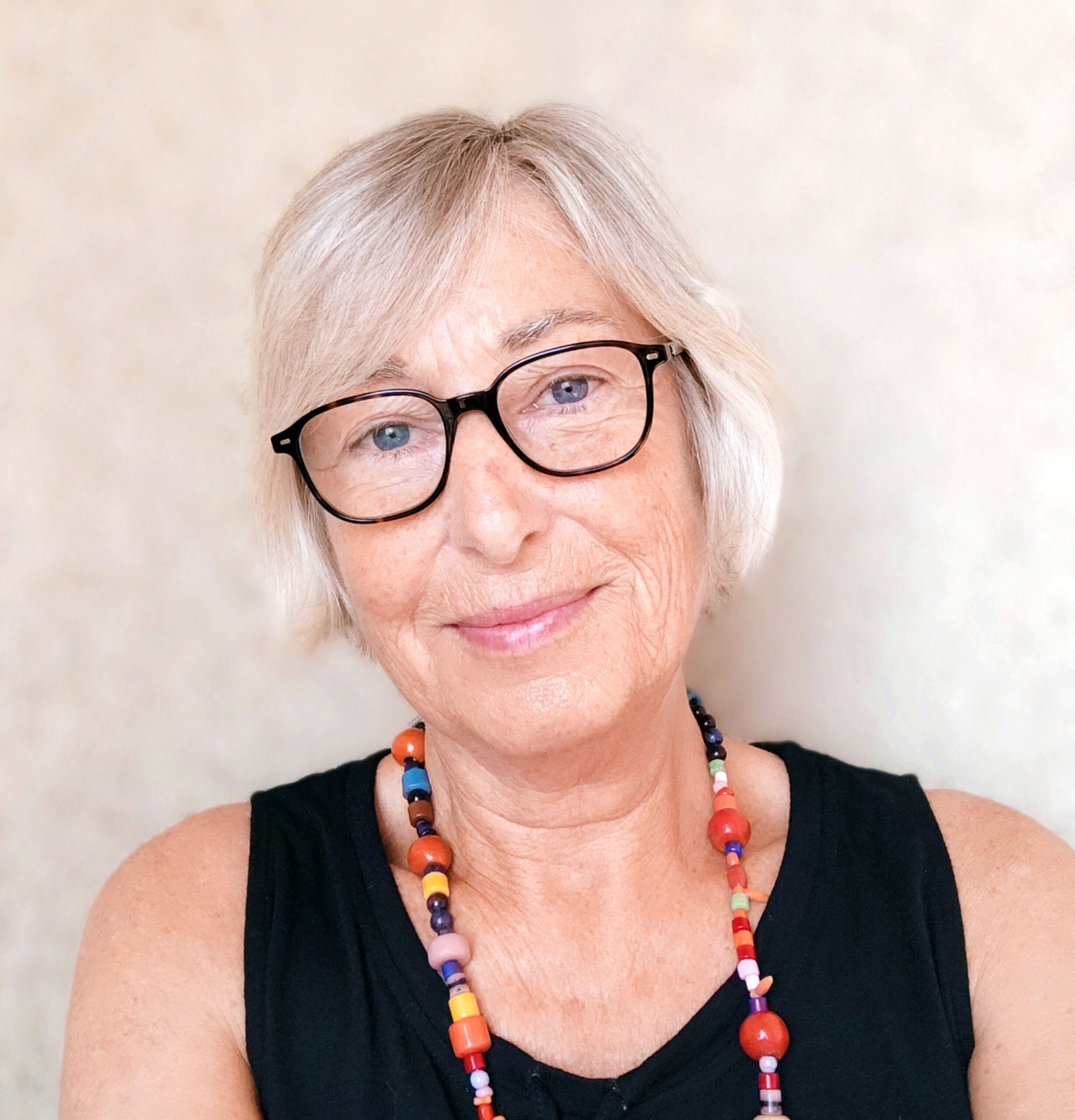
Mobile: +34 611 588 045
Email: rita@ritaubel.com
About me
I am an art therapist and gestalt psychotherapist with a passion for the transformation processes of creative expression. For more than 20 years I have been helping people of all ages in various contexts through gestalt and art therapy. I live engaged and inspired by the creative power of art and its healing effect on people who choose this path. Through attentive listening and a deep respect for unique processes, I lead each person on an inner exploration and a unique search for their own resources for authentic transformation. I am an international therapist based in Almeria, Andalucia, Spain. I am also a clinical educational psychology supervisor. I am member of the Professional Development Committee and the Special Interest Group for Social Action in Art Therapy, of EFAT.
I work online as well as in face-to-face sessions in Spanish, English, German and Norwegian language.
I am a full individual member